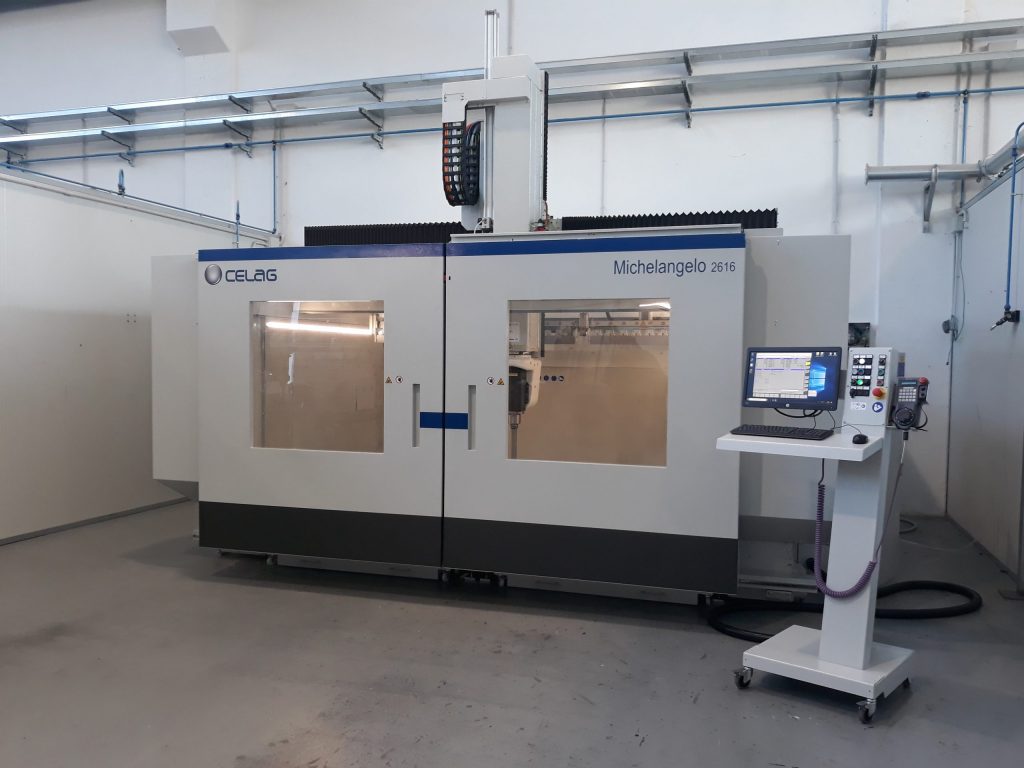Italian 5 axis CNC Machines
The CNC Machining Center is certainly one of the best known and appreciated machine tools.
The CNC machining center is a multifunctional machine whose movements are controlled by a numerical control that allows the user to carry out many types of processing, for example: milling, boring, turning, drilling, threading, etc. All these processes are carried out by removing material from a blank by using one or more tools. The machining centers are excellent for carrying out complex high-precision machining.
VARIOUS TYPES OF CNC MACHINING CENTER
The machining centers can be classified into two macro-families that differ in the positioning of the spindle axis: Vertical Machining Centers and Horizontal Machining Centers. 5 Axis CNC Machine, like MICHELANGELO, is a Vertical Machining Centers and work with 5 axis:
- X axis: Longitudinal
- Y axis: Vertical
- Z axis: Transversal (spindle)
- Axis B: Rotatory with respect to the Y axis
5-AXIS CNC WORKING
We usually talk about 5-axis machining in the presence of machines that, thanks to the presence of multiple machining axes, allow complex operations to be performed simultaneously on a piece or surface.
A complete 5-axis machining involves 3 linear axes and 2 rotating axes that move by interpolation simultaneously along the entire surface of the piece.
When there is no need to perform multiple interpolations at the same time, it is possible to use machines equipped with multi-axis functionality with 4 + 1 or 3 + 2 configurations where the movements of the rotary axes combine to perform milling operations along the linear axes.
The ability to perform such complex operations makes 5-axis machining centers incredibly versatile and suitable for machining in the aerospace, automotive, sports and medical sectors to create prostheses for human joints.
The advantages of 5-axis machining
The main advantage linked to the use of 5-axis machining centers is represented by the possibility to work pieces with complex surfaces using a single CNC program and a single machine set-up without the need to reposition the piece several times.
Other advantages deriving from 5-axis machining are:
- less time and preparation costs associated with the machine;
- increase in profitability due to shorter payback times;
- an increase in the level of precision of the finished piece which no longer has to undergo multiple finishing processes which could compromise the overall level of precision of the processing.
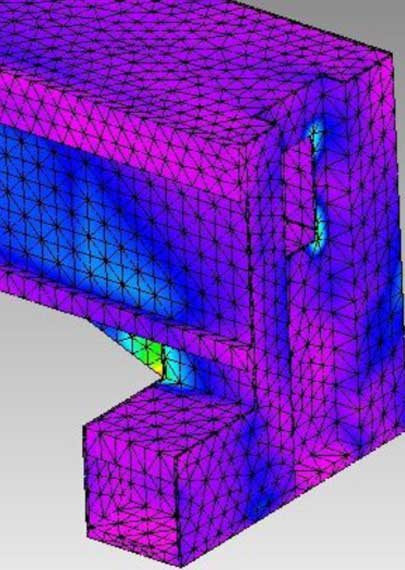
From ordinary machining to 5-axis machining centers: the value of machine design
The 5-axis machining has a certainly more complex work program than that of the models that allow ordinary machining. To facilitate the transition from one solution to another, it is important to carefully design the machine. In a 5-axis machining center all the axes move at the same time in different directions and this increases the level of complexity of programming the path that it must follow.
This obstacle can be overcome by equipping the machine with the appropriate supports, for example:
- the possibility of importing tool paths directly from CAD or CAM and viewing them in real time;
- real-time monitoring of the route to intercept and correct any anomalies;
- automatic calibration of the machine to avoid any deviations that could compromise the level of machining precision and move the rotation axis of the machining center.
The concept of automation associated with 5-axis machining centers is particularly useful when there is the need to manage small production batches: in these circumstances, eliminating the interruptions due to the different set-ups of the machine allows you to significantly reduce time of machine inactivity and to reach the maximum level of productivity.
DISCOVER MICHELANGELO
CELAG has developed a range of last generation 5-axis interpolating machining centers, designed to process the most advanced materials; composites, special resins, plastics, aluminum, light alloys, wood.
MATERIALS TREATED
The machining centers, as we said earlier, are widespread and appreciated in industrial processes also for their ability to work many materials.
By finding and using the machine with the most suitable technology it will be possible to work for example:
- Plastic
- Resins
- Composite materials
- Aluminum
- Advanced materials
- Polyurethane
- Wood
- MDF
- Polystyrene eps and xps
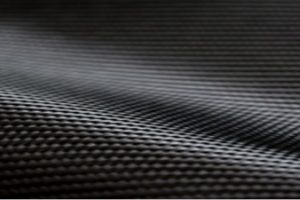


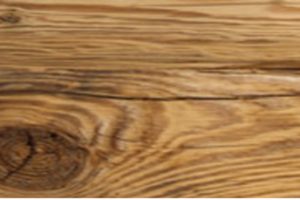
INDUSTRIAL APPLICATIONS
The 5-axis mechanical processes are used to make components and semi-finished products in different sectors, among which the most relevant are:
AUTOMOTIVE INDUSTRY: cnc in the automotive industry are used to make resin and aluminum molds, style models, trimming of plastic, carbon and composite components
MEDICAL INDUSTRY: cnc in the medical industry are used to cope with an increasingly high demand for processing dictated by the aging population that is playing an important role in the growth of the sector.
NAUTICAL INDUSTRY: cnc in the nautical industry are used to meet the most diverse needs that extend from shipbuilding to pleasure boats with the need to work on different types of materials; The machine tools will be used for processes that start from the modeling and trimming of hulls up to the smallest details in fiberglass and composite.
AEROSPACE INDUSTRY: the aerospace sector imposes severe requirements both in terms of material and complex shapes. CNCs in the aerospace industry are used for the machining of structural parts such as wings, bulkheads, trolley systems, engine parts and interior components using a wide range of high-tech complex materials and alloys ranging from titanium to carbon to aluminu.
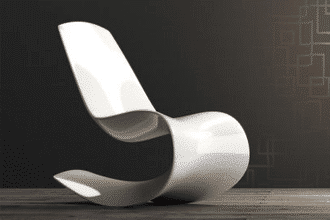
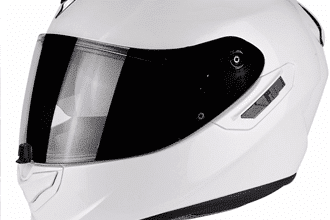
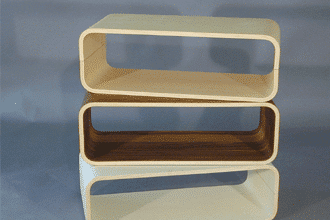
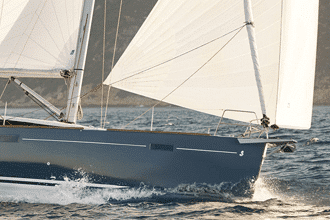
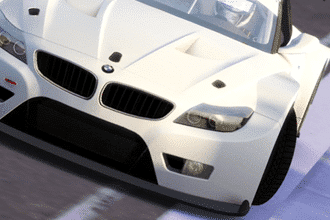

HOW TO CHOOSE A 5-AXIS CNC MACHINE
If you need to buy a machining center, in order to make an informed choice it will be important to take into consideration some important conditions.
- THE WORK AREA;
The size of the axes will determine the size of the work area and consequently the maximum size of the pieces that I will be able to go to work and also the types of work possiblei. - SPINDLE POWER AND SPEED;
- CNC NUMERICAL CONTROL;
- NUMBER OF TOOL AND AXES CONTROLLED;
- PRESENCE OF AN ANTUOMATIC TOOL CHANGE;
- POSITIONING ACCURACY.






